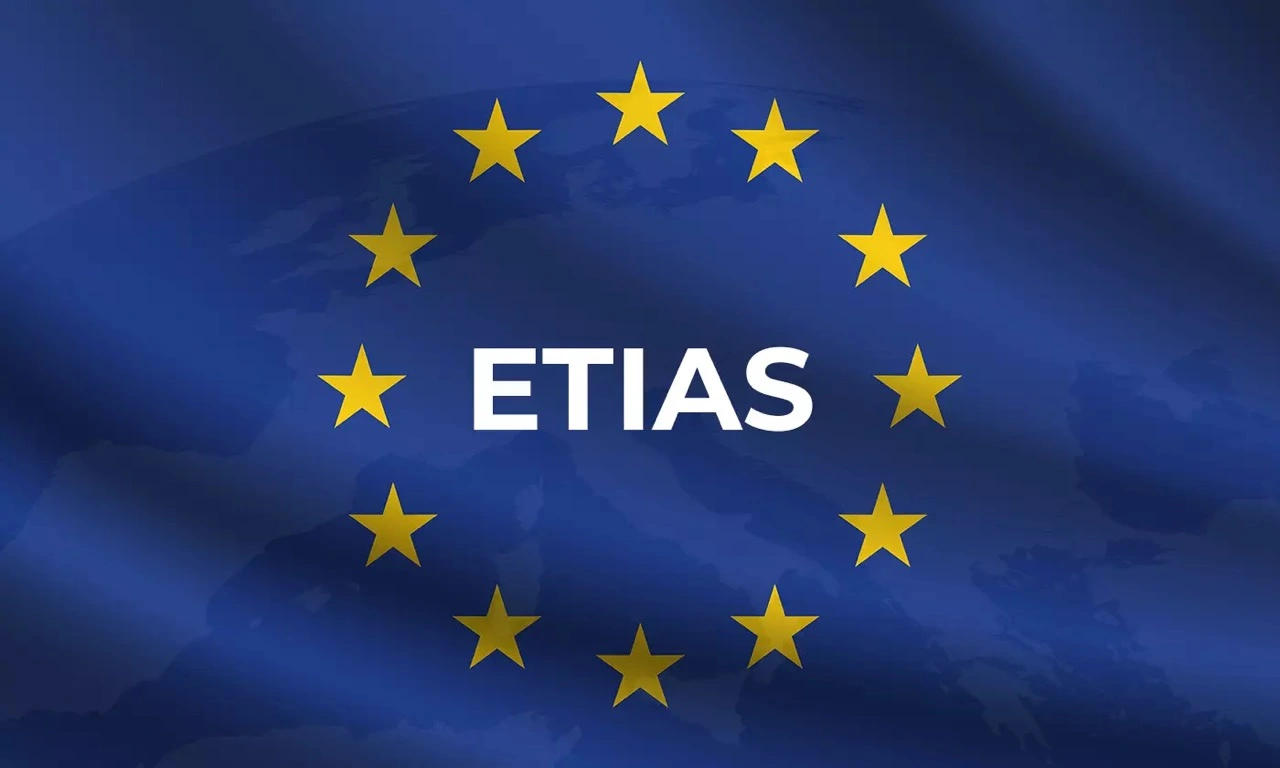
The European Commission has delayed the launch of ETIAS to May 2023.
The European Travel Information and Authorization System, most known as ETIAS, is an automated IT system that will conduct checks against EU information systems for borders and security.
Every traveler from a third country who does not need a visa to enter the Schengen area will be required to use ETIAS instead. This basically means that non-EU travelers will have to apply for a travel authorization using the ETIAS system.
The procedure will cost €7. It will require the non-EU traveler to fill in a form with contact details, residence information, travel documents, and other important data. After an advanced verification of such data, the system will issue a travel authorization. This is meant to occur in a few minutes unless further checks are required. In this case, getting a travel authorization through ETIAS can take up to 30 days.
However, the European Commission expects that prior verification of non-EU travelers’ information will make border checks easier and quicker, while it could also reduce the number of refusals at external border crossing points, avoid unnecessary delays, and overall, strengthen the EU borders.
The information submitted through the ETIAS system will be collected taking into account data protection principles and fundamental rights, and it will only be used for risk assessment purposes. The system will be specially designed to detect irregular migration risks, high epidemic risks, and other security risks.
The EU Commission introduced the idea of ETIAS in the Communication “Stronger and Smarter Information Systems for Borders and Security” of April 2016. In November 2016, the proposal was adopted by the European Parliament and the EU Council. Finally, ETIAS Regulation 2018/1240 was adopted in September 2018 and came into effect in October 2018.
Comments (0)
No comments found.